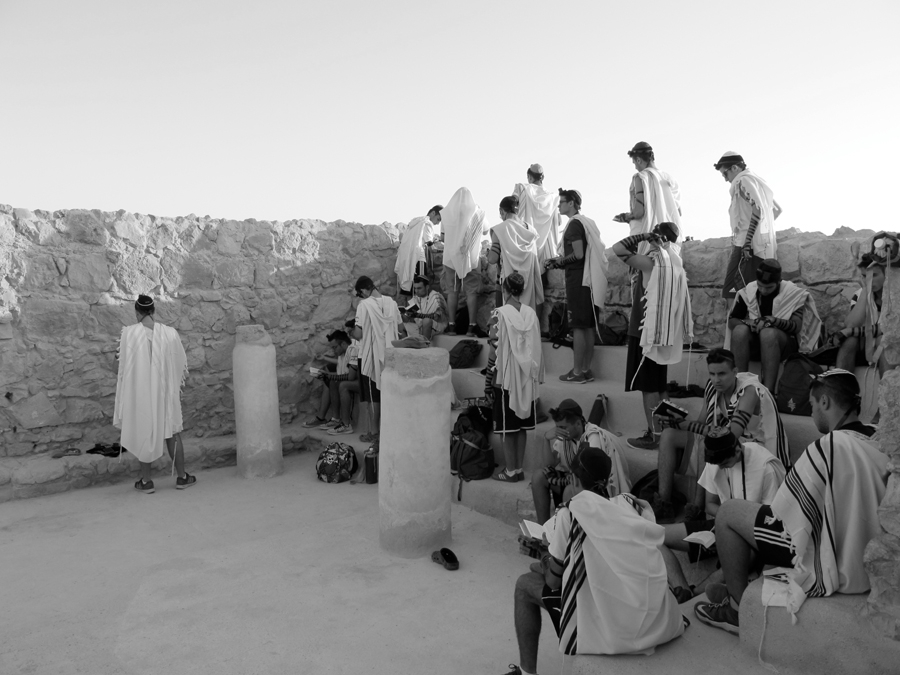There seems to have been a slow but steady shift during the last two years from the fear that the economic crisis would lead to widespread war to the very real sensation that the world is now involved in an ongoing conflict fought on so many fronts as to be comparable to the Cold War, if not to the events leading up to the early part of the Second World War, when the reality of global conflict really dawned. Yet although Internet reporting brings us ever closer to the imagery of conflict – in the Ukraine, IS, Syria, Libya and Gaza – what is effectively the twentyfirst-century ‘home front’, the UK, US and most of Europe, has never felt further removed from the realities of war itself.
How might the artworld respond to this? This is a question that inevitably evokes German philosopher Theodor Adorno’s injunction on ‘making art after Auschwitz’, set out in his 1962 essay ‘Commitment’ (and echoing a line from ‘Cultural Criticism and Society’, 1949). What is often overlooked is that later in the same essay Adorno writes that art must continue even in spite of its impossibility, so that its very existence may represent a refusal to surrender to cynicism. ‘Yet this suffering’, he writes, ‘… also demands the continued existence of art while it prohibits it; it is now virtually in art alone that suffering can still find its own voice, consolation, without immediately being betrayed by it.’
it is inevitable that the enquiring mind of the artist will probe foreign lands in increasingly ambitious ways
Adorno’s preference for abstraction – so that the artwork would not play into the very horror it tried to interpret and oppose through a figurative representation of it – did not foresee the advent of an artform directly concerned with human relations (as with much ‘relational art’) or the hybridisation of art and politics.It’s likely that he would have rejected such forms as falling prey to the as yet unresolved antagonisms of concrete politics. This is a debate that is likely to become prominent as artists reflect on the anniversaries of the start of the First World War and – next year – the end of the Second World War, as well as on current conflicts. Though, rather than theorising, it is down to these artists to test the boundaries via practice.
Italian artist Valerio Rocco Orlando started his project Interfaith Diaries in May 2014, in advance of his summer residency at Artport, Tel Aviv. The film project documents conversations across a variety of communities in Israel and Palestine, taking as a starting point Orlando’s collaboration with self-styled Palestinian actor Saleh Bakri. Proceeding via a series of interviews with people from diverse religious backgrounds in Tel Aviv, Orlando found himself considering abandoning the project as the start of the 2014 Gaza conflict made it difficult for an outsider to interpret the religious fervour that underlies the ongoing tensions between Israeli Jews and Palestinians. He continued his project up to the end of the residency in September, after Israeli bombardment of Palestine ceased in August, and will return to complete it in 2015.
Questions over what value such interactions have could well be asked, and yet as the artworld has become global, with residencies and research trips a central part of certain types of artistic production, it is inevitable that the enquiring mind of the artist will probe foreign lands in increasingly ambitious ways.
Carlo Gabriele Tribbioli and Federico Lodoli recently previewed their film Fragment 53, Liberian Notes – shot during two research trips to Liberia – at the Centre d’Art Contemporain, Geneva, for the Biennale of Moving Images. The film featured seven interviews with generals who took part in the two Liberian Civil Wars, in which they recounted stories of massacres in which they had personally killed tens and even hundreds of people. The film opens with images of statues of war gods from different historical cultures, portraying war as a cyclical state. In twentieth- and twenty-firstcentury Liberia, war was often fought with brutal tools: the machete being a favourite – as one General explained – because it saved on bullets. Such frank interviews at least confronted the almost exclusively Western viewers present at its preview with a stark reminder that war is ever-present and has extreme consequences. What seems clear is that the generals were keen to tell their personal stories to someone from outside Liberia. In this sense social art documentary may go far beyond voyeurism, allowing a mediation between distant worlds and a valuable opportunity for people to talk to an impartial outsider.
This article was first published in the November 2014 issue.
